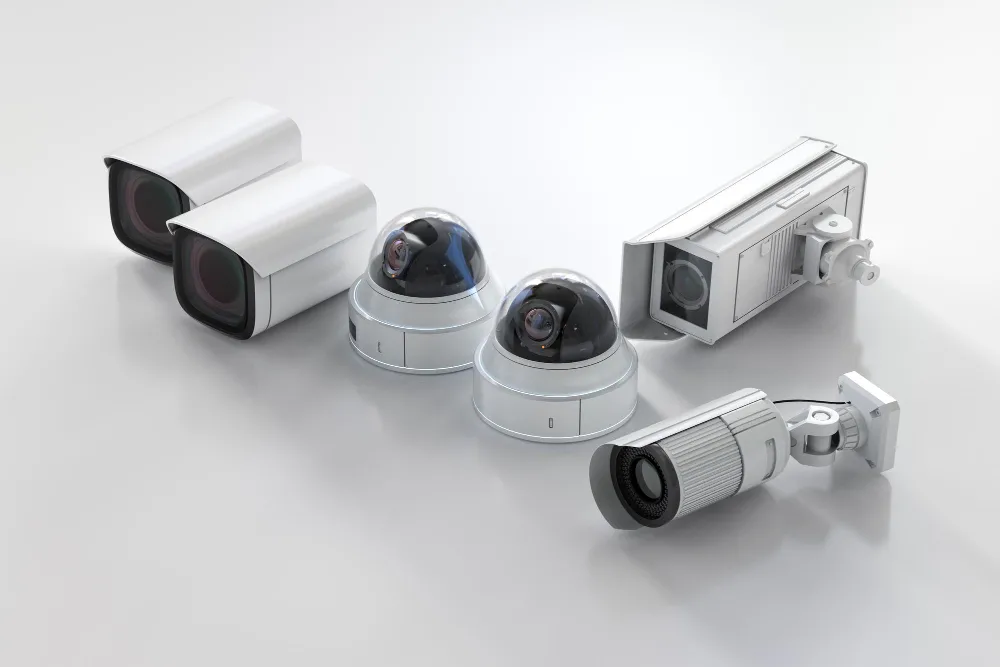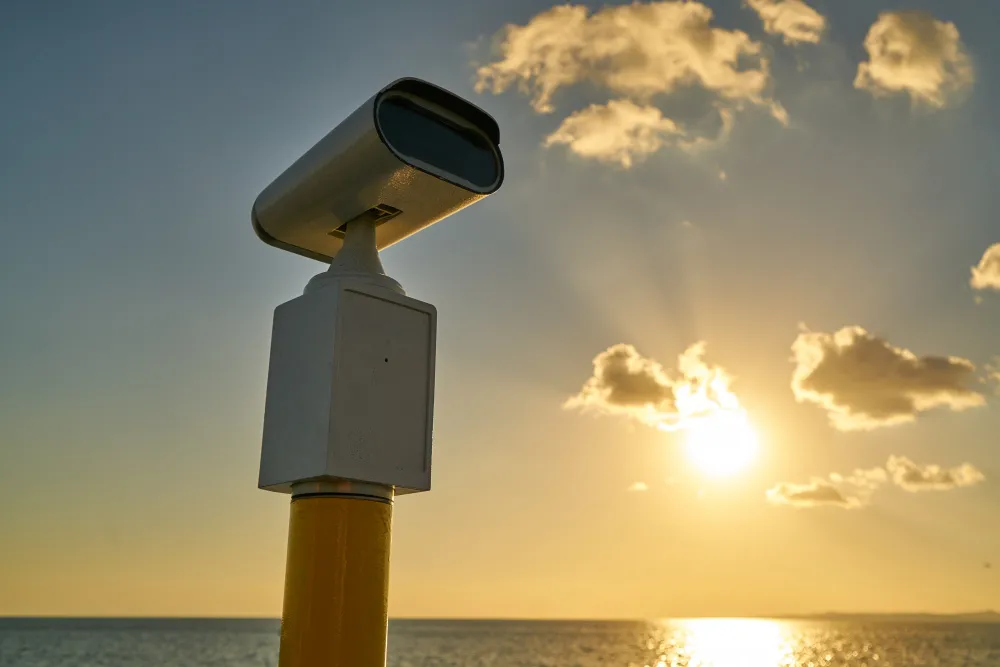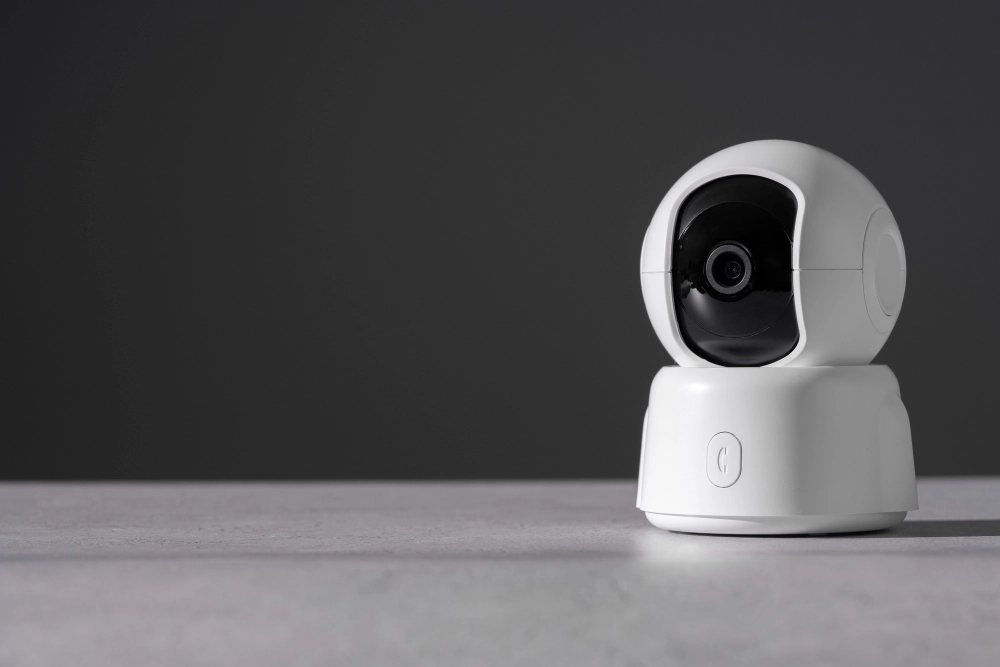Security cameras are a crucial part of your business’ security system. They can deter crime or serve as evidence once a crime has occurred. You can also use them to analyse workflow or monitor staff.
Yet before you can select one, you first need to know the types of security cameras ― and why there are so many. Understanding the differences between these security equipment will help guide you toward the best one for your specific business.
In this blog, we’ll reveal the varieties of cameras you can place in your cameras and the details of their functions.
The Different Types of Security Cameras

There’s no set number of security cameras because there are innumerable combinations of features you could add to this equipment. For instance, you could have night vision cameras that send out alerts the moment they sense motion. Alternatively, your security camera system could have tamper-proof features and microphone/speaker functions.
Furthermore, there are 8 main features you could select from, giving a total of 64 primary combinations. Then, you’ll need to further consider the specific setting you desire under each main feature, increasing the number of combinations.
Now, let’s explore the ways cameras can differ.
1. Wired vs Wireless Cameras
An important distinction between cameras is whether they have wires or not. A wired camera usually connects to a system with other cameras. Through these cables, the camera transmits video to a central recording system that’s either analog or digital. Due to the complex electrical nature of this setup, a professional installation may be expensive.
Meanwhile, a wireless camera has no cable connection to other cameras. However, they may still need an external power source. Their installation is usually simple and inexpensive.
2. Indoor vs Outdoor Cameras
Where you place your camera will also affect the kind of camera you should purchase. Though they may have the same resolution, shape, and even brand, an outdoor camera is usually more durable. Its lens has a coating that prevents the elements from damaging it, yet the price of the camera increases.
3. Battery-Powered vs AC-Powered Cameras
There are two types of security cameras in terms of power source. AC-powered cameras connect to your building’s electrical network, so they may require a professional installation. Nonetheless, they have the advantage of running continuously unless there’s an electrical disruption.
Meanwhile, cameras with batteries don’t need to connect to your electrical network, making them impervious to power outages. Plus, you can select a camera with a battery and solar panels. These panels will charge your battery or act as a backup until you recharge or change your batteries. However, these cameras may not have the energy required to record continuously.
4. Motion-Activated vs Continuous Recording Cameras
Your cameras could record either continuously or only when they detect a predetermined stimulus, such as motion or the press of a button. The cameras that record continuously give a more accurate monitoring since they’re always on. However, they take more energy to run and more storage space to record the videos.
A motion-activated camera only turns on when it detects movement. These cameras usually require less energy and storage space. However, they’ll need additional functions if you wish to turn them on even when no motion is triggering them.
5. Security System vs Stand Alone Cameras

There are two types of CCTV security cameras based on their grouping. Most cameras come in a set. The system can cover the totality of your property or simply key areas you wish to monitor or defend.
Nevertheless, you may also purchase a stand alone camera. This option may suit your business if you only need one camera. Alternatively, you could use a stand alone camera to monitor a part of your business that’s too confidential for your usual security team to monitor.
6. Local Storage vs Cloud Storage Cameras
Another way you can categorise cameras is by the way they store videos. When cameras store video locally, they do so either in their own unit or in a recording device via a cable connection. When they store recordings within their unit, the storage space is minimal. They can manage this issue by only recording when it detects motion. Alternatively, it may record in worse resolution, which usually takes less space. Or, it could delete the recordings after a period of time.
Meanwhile, the other types of cameras use a WI-FI connection to upload recordings. With cloud storage, you can store as many videos as you have available space in your cloud. This option is more tamper-resistant and scalable, which may be required by law, depending on your industry. Plus, it allows you to review recordings so long as you don’t delete them,
Nonetheless, you should consider that some cameras don’t record. Instead, they only offer a visual of what’s happening presently.
7. Bullet vs Dome Cameras
Most types of security camera have a bullet or lipstick shape. These cameras point in a specific direction, and you can only move them manually. They’re a popular type of camera because of their low cost and the high-quality videos from their two lenses.
Another camera shape is the dome. It’s another popular type of camera because the fixed point they’re recording isn’t evident. Plus, they have a wide 130°+ view, which is particularly useful when monitoring wide spaces such as in a factory. However, they can have a distorted image due to their wide angle.
8. Fixed vs Pan-and-Tilt Cameras

Lastly, you can divide cameras based on the ways you can move them remotely. Most cameras are fixed, but you may not be able to move them manually. They’re usually cheaper, yet they have the downside of possibly creating blind spots unless you place them carefully.
Pan-and-tilt cameras allow you to move them for more careful monitoring. In fact, some of these cameras have a function that makes them move regularly and independently.
Conclusion
Now you know that there’s no specific number of types of security cameras. There are simply a variety of major functions you can select. The camera type that will best suit your business will depend on its purpose, its placement, and the regulations you need to respect. Moreover, some camera types, such as the pan-and-tilt and the outdoor kind, will cost more, while others, such as the wired kind, require professional installation. In fact, the operational cost may differ based on the type too. So, consider the specifics of each function before selecting a security system.





